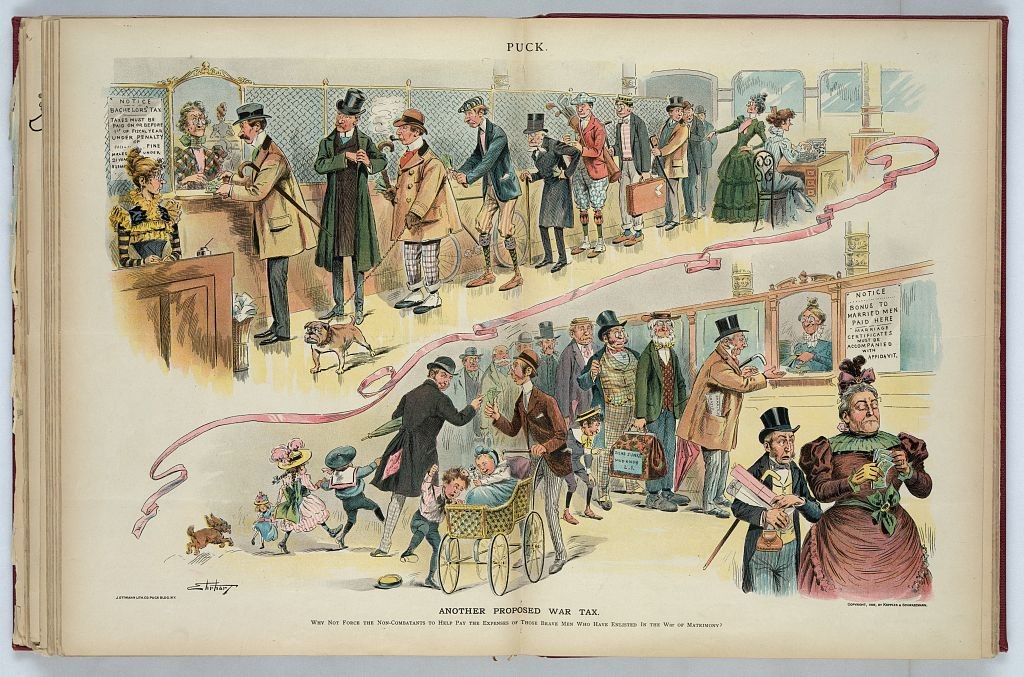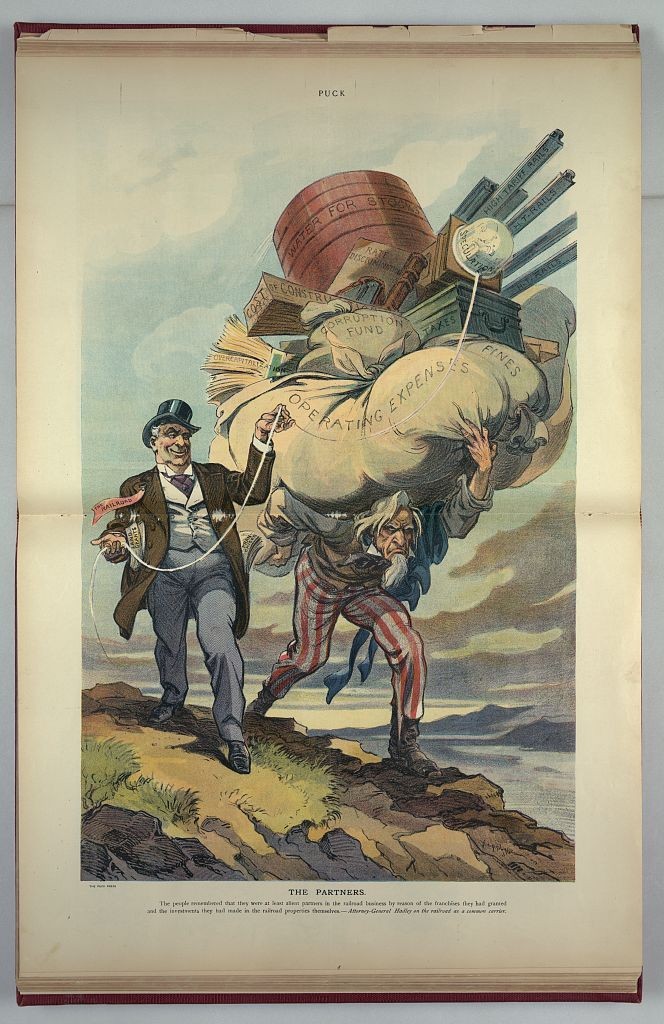Income Tax Day was once on March 15 in 1930
Though there had been income taxes collected for various reasons such as War before in the United States, the first official date for filing a federal income tax was March 1, 1913 and was changed to March 15, 1918. This date remained until 1955 when the date was changed to April 15th.
The first date, March 1st was used because Congress passed the 16th Amendment which officially created the income tax on February 3, 1913 and they gave everyone a year plus six weeks as the first deadline to pay taxes. In 1918, the Revenue Act of 1918 moved the date to March 15th. Then after some 1955 tax-code revisions, the date was pushed up to April 15th.
After the stockmarket crash in 1929, many people were struggling with unemployment, but they still had to pay taxes. A new tax law affecting 1929 income was in place and the United States Government expected more than 4,000,000 individual income tax returns for 1929 to come his way before March 15th.
See best selling Books by Donna R Causey
Some of the rules for filing include:
- Every single person who had a net income of $1,500 or more for the year, or a gross income of $5,000 or more, and married couples who had a net income of $3,500 or more, or gross incomes of $5,000 or more, had to file returns.
- Returns were to be made on special forms with the collector of internal revenue for the district in which each person lived.
- The new tax was one-half of one per cent normal tax on the first $4,000 in excess of personal exemptions and credits, 2 per cent normal tax on the next $4,00 and 4 per cent normal tax on the balance of net income.
- There was a surtax on net incomes of more than $10,000.
- “Gross income” included all income derived from any source whatever, unless it is exempt from tax by law. “Net income” meant gross income less various deductions allowed.
- A taxpayer also could claim $400 for each person dependent on him for chief support, if such person was under 18 years of age or incapable of self-support.
- The law provided that a single person, who was ‘head of a family’, should be allowed the same personal exemptions as a married person.
- When husband and wife, living together, made separate returns, either could claim the $3,500 exemption or they could divide it.
- Most taxpayers were salaried persons who were entitled to 25 per cent credit on their ‘earned net income’. To arrive at the credit correctly, the taxpayer computed the amount payable without earned income credit, then deducted 25 per cent. The balance was the tax due.
- ‘Earned income’ was defined as ‘wages, salaries, professional fees and other amounts received as compensation for personal service actually rendered.”
I imagine the tax on March 15, 1930 was difficult to pay for many people.



